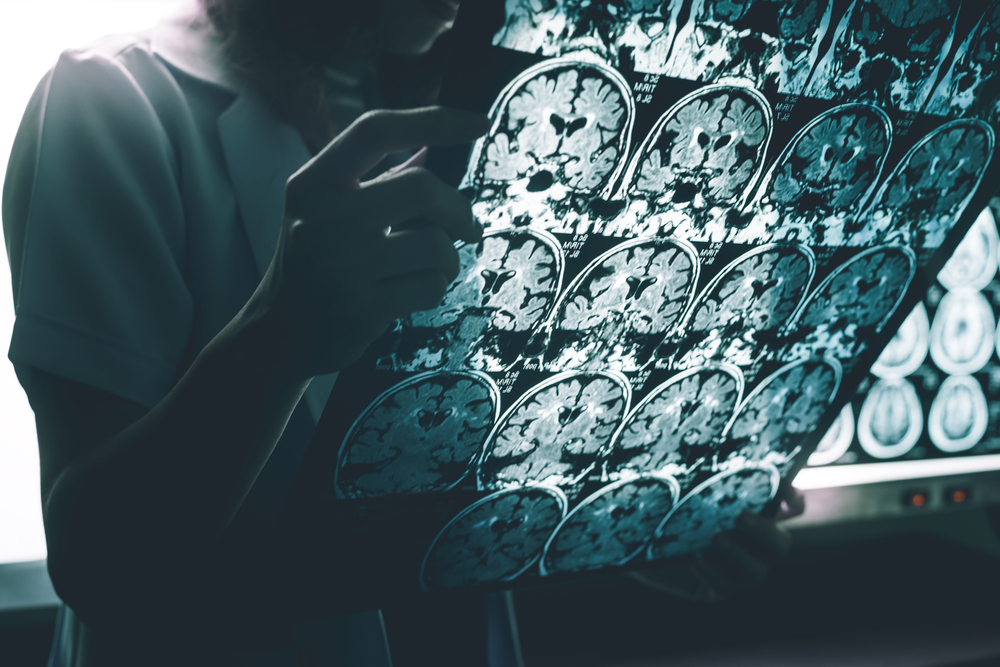Special MRI Detects Oxidative Stress in the Brains of Angelman Syndrome Animal Models
Written by |

A specific type of magnetic resonance imaging (MRI) can be used to detect oxidative stress in mouse models of Angelman syndrome and Alzheimer’s disease, new study shows.
Hippocampus oxidative stress is considered pathogenic in neurodegenerative and neurodevelopmental disorders, such as Angelman syndrome. Yet the clinical benefits of antioxidant treatment for these diseases is still unclear since conventional imaging methods are not capable of guiding management of therapies in specific hippocampus subfields in vivo that underlie abnormal behavior.
One of many debilitating morbidities Angelman patients show is impaired goal location based on surrounding landmarks (allocentric spatial disorientation). The hippocampus, particularly its CA1 region, is a critical brain region in spatial memory, and even though scientists hypothesize that the toxic effects of oxidative stress are key mediators of this cognitive disruption, the evidence supporting such a hypothesis comes from postmortem studies, as direct in vivo assessment of oxidative damage in the hippocampus is still not possible.
A specific type of MRI, called Quench-assisted MRI, has proven to robustly map excessive free radicals in the retina of several animal models in vivo, and although it appears this technique is sensitive to treatment with antioxidants, more evidence was necessary to confirm whether free radical production is indeed what Quench MRI detects and if this method can be applied to study nonretinal brain tissue, such as hippocampal CA1 subfields.
In the study “In vivo imaging of prodromal hippocampus CA1 subfield oxidative stress in models of Alzheimer disease and Angelman syndrome,” published in The FASEB Journal, researchers analyzed whether Quest MRI could detect sustained hippocampal production of the free radical superoxide derived from the action of the enzyme xanthine oxidase.
Three mouse models known for oxidative stress in the hippocampus and impaired spatial learning were used, including the UBE3A-knockout model of Angelman syndrome. In addition, as oxidative stress affects the function of a subtype of calcium channels – called L-type calcium channels – and the electrical properties of neurons, researchers performed a functional evaluation of oxidative damage in mice models of Alzheimer’s disease, using MRI and electrophysiology techniques.
The results showed that Quest MRI detected exaggerated production of free radicals in different subfields of the hippocampal CA1 in all three models, in comparison with control mice. In addition, the scientists also found that calcium channels were deregulated in the Alzheimer’s mouse models.
Overall, the results suggest that Quest MRI may be a promising in vivo paradigm for bridging brain subfield oxidative stress and behavior in animal models and in human patients to better manage antioxidant therapy in neurodegenerative and neurodevelopmental diseases.
Quest MRI presents important advantages over other imaging methods to measure oxidative stress in vivo. Specifically, it does not require the injection of a contrast agent — which could present difficulties in crossing the blood-brain barrier and would need approval from the U.S. Food and Drug Administration (FDA) — or the use of specialized equipment. These advantages further highlight the technique’s clinical potential, the authors observed.





